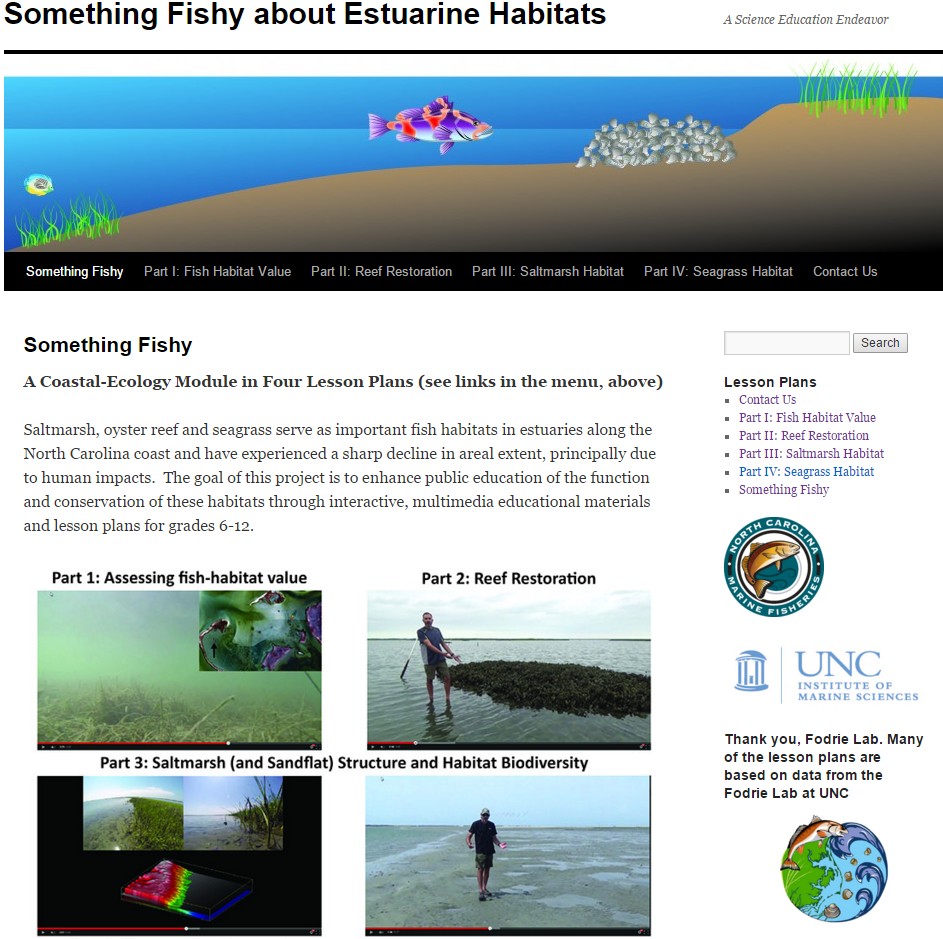Contact Information
Important:
Commitments to diversity and inclusivity are fundamental to the Rodriguez Lab and UNC-EMES’s mission.

Not really what Core Banks looks like, but a fun sticker.
Lab Musings (mostly)
- RT @annesmileyy: The 2022 @UNC_EMES grad student retreat was amazing! Loved spending time outdoors with fellow students and learning about… 08:27:27 PM October 12, 2022 from Twitter for iPhone ReplyRetweetFavorite
- RT @susanalesecohen: Have you met @ENEC_UNC graduate student @AndrewZachman? He studies the impact of forest stand structure and fire freq… 08:12:33 PM September 13, 2022 from Twitter for iPhone ReplyRetweetFavorite
- RT @UNCims: Did you catch the first field site blog post? Check it out! Stay tuned for a new post later this week. 06:00:09 PM September 11, 2022 from Twitter for iPhone ReplyRetweetFavorite
Lesson plans for middle- and high-school teachers that focus on estuarine fish habitats can be found here.
-
Recent Posts
- Explaining the wide range of salt marsh carbon accumulation rates August 12, 2022
- Working with John Anderson for 30 years June 18, 2022
- Elevations where oyster reefs grow best increase as they age June 3, 2021
Archives
Meta
Tag Archives: oyster reef
Restore the IMS shore: Part III
We completed the restoration project after constructing reefs with 3,500 bushels of shell and planting 2,000 bundles of marsh grass. It took 2.5 days with 15 people working, including students, technicians, summer researchers, and faculty. I’m really pleased with the … Continue reading
Posted in Uncategorized
Tagged carbon sequestration, oyster reef, restoration, saltmarsh, sea-level rise
Leave a comment
Field trip with PBS QUEST
QUEST joined us in Back Sound, a shallow body of water behind Shackleford Banks, North Carolina, to learn about our work with oyster reefs. We were laser scanning a natural reef that formed on a sandflat in an area that … Continue reading
Posted in Uncategorized
Tagged North Carolina, oyster reef, QUEST, Shackleford Banks
Leave a comment
Oyster-reef burial…by wind-blown sand
Last week Ethan, Justin, and Taylor visited that washover fan on Onslow Beach that formed during Hurricane Irene to measure aeolian transport during a wind event. They noticed that backbarrier marsh and oyster reefs were being buried by wind-blown sand. … Continue reading
Posted in Uncategorized
Tagged aeolian, Hurricane Irene, marsh, Onslow Beach, oyster reef, saltmarsh, washover
Leave a comment


